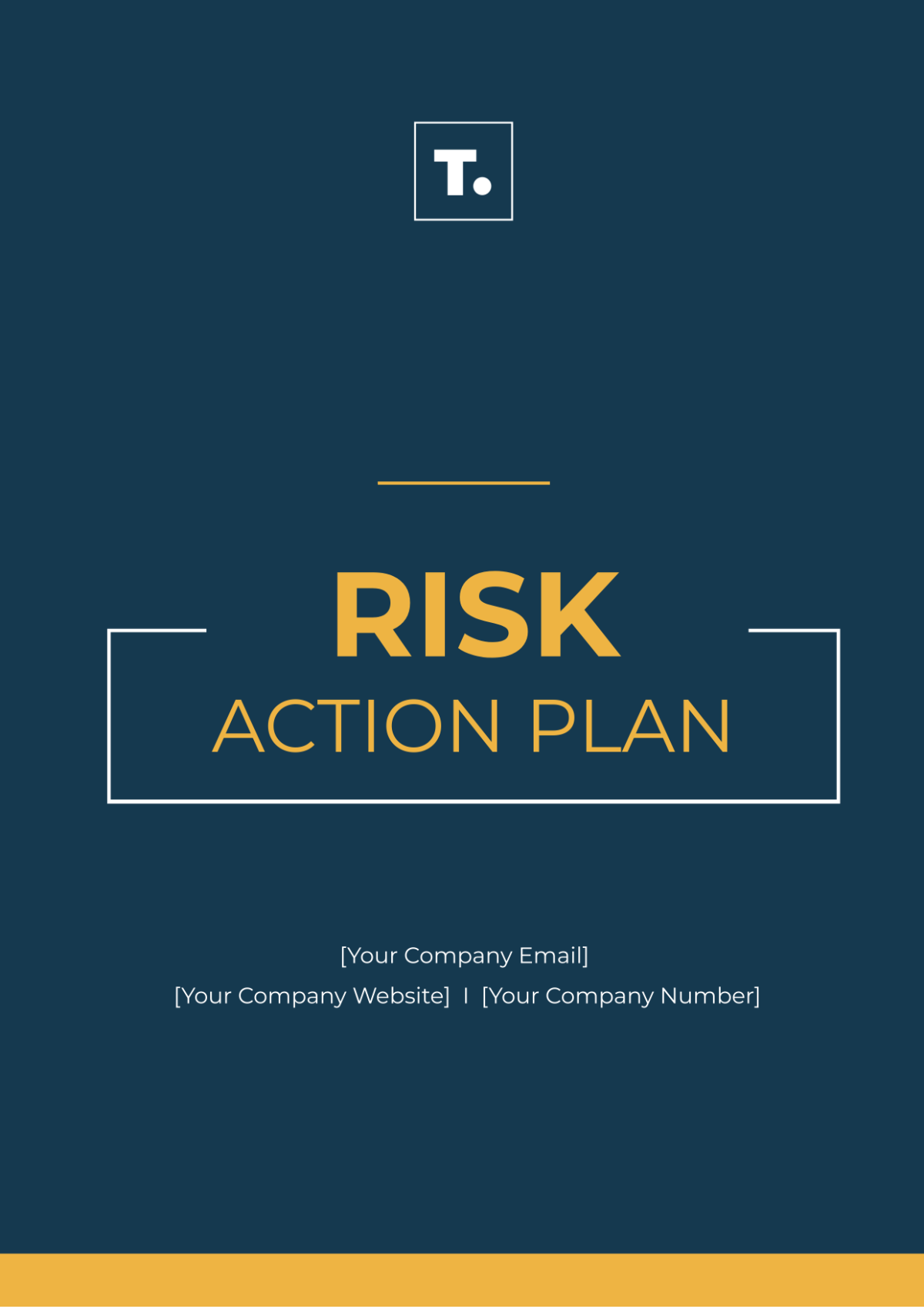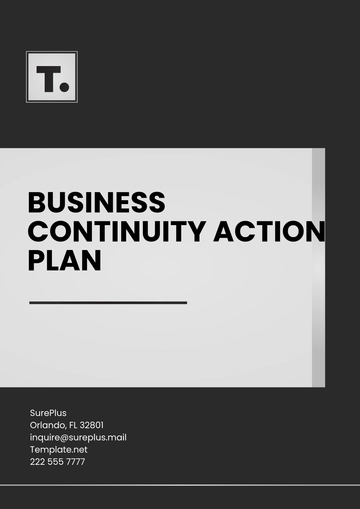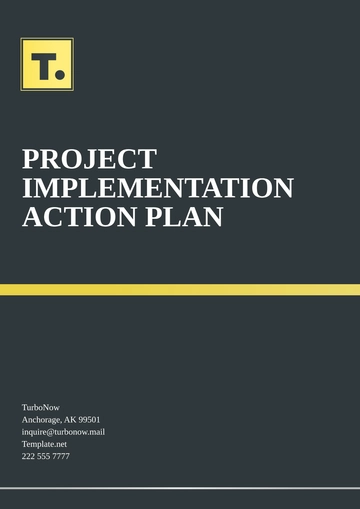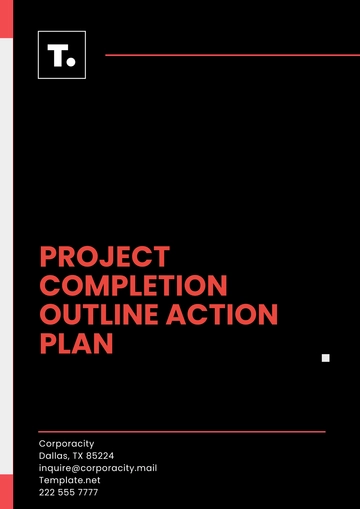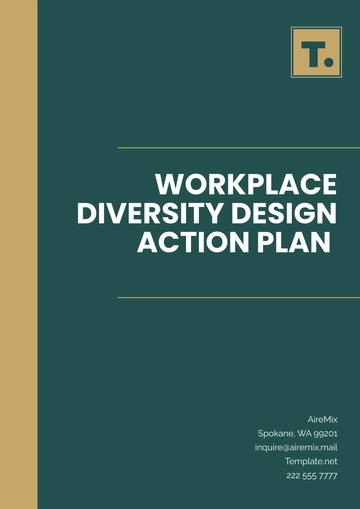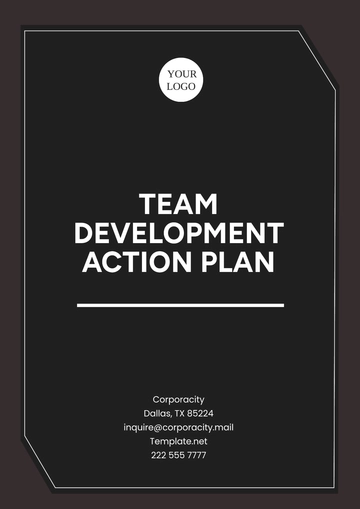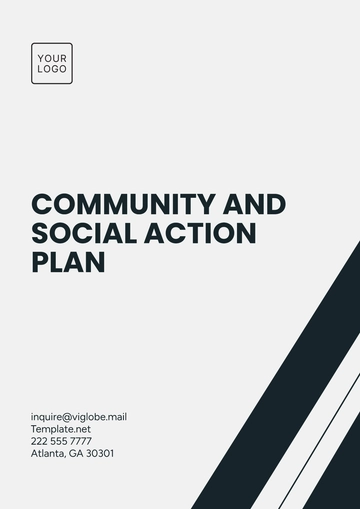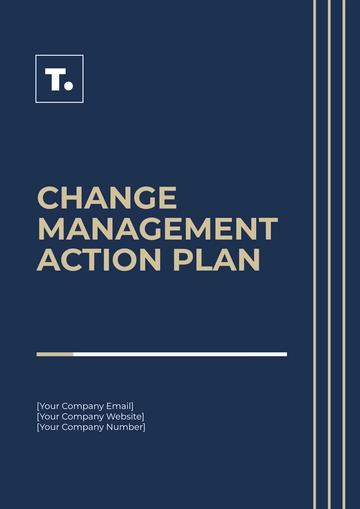RISK ACTION PLAN
Company: | [Your Company Name] |
Address: | [Your Company Address] |
I. Introduction
To safeguard the operations and objectives of [Your Company Name] Solutions, we have devised this comprehensive Risk Action Plan (RAP). This plan aims to systematically identify, evaluate, and respond to potential risks that could impact our firm, thereby ensuring our continued success and client satisfaction.
II. Risk Identification
Quarterly risk assessments are conducted diligently to pinpoint any emerging threats or vulnerabilities. We actively engage with stakeholders, including our valued clients and employees, to gain valuable insights into potential risks. All identified risks are meticulously documented in a centralized risk register, ensuring comprehensive coverage.
III. Risk Assessment
A. Likelihood and Impact Assessment
We employ a thorough analysis, leveraging historical data and industry benchmarks, to gauge the likelihood of each identified risk. Simultaneously, we assess the potential impact on our firm's financial health, reputation, and client relationships.
B. Risk Prioritization
Certain risks are transferred through insurance policies or contractual agreements, safeguarding our firm's interests and mitigating potential liabilities.
C. Risk Tolerance Evaluation
We acknowledge and accept risks within our defined tolerance levels, particularly those associated with strategic decisions or market fluctuations. Rigorous monitoring mechanisms are established to track the progression of accepted risks and trigger corrective actions as needed.
IV. Risk Response Planning
We proactively implement measures such as enhanced cybersecurity protocols and regular employee training to mitigate identified risks. Additionally, robust contingency plans are in place to ensure business continuity in the face of potential disruptions.
B. Risk Transfer Mechanisms
C. Risk Acceptance and Monitoring
V. Action Plan
A. Identification of Action Items
Define specific action items required to implement risk response strategies, including deadlines and resource requirements.
Assign responsibilities to designated individuals or teams to ensure accountability and effective execution of the action plan.
B. Implementation Timeline
Develop a detailed timeline for executing action items based on their priority and dependencies.
Set clear milestones and checkpoints to track progress and identify any deviations from the planned timeline.
C. Resource Allocation
Allocate necessary resources, including personnel, technology, and financial investments, to support the implementation of risk response actions.
Ensure adequate training and support for staff involved in executing the action plan to enhance their effectiveness and efficiency.
VI. Responsibility Assignment
A. Stakeholder Roles
Risk Manager: Oversees the implementation of the Risk Action Plan and coordinates risk management activities across the firm.
Department Heads: Responsible for identifying and managing department-specific risks in alignment with the overall risk management framework.
Employees: Expected to adhere to risk management policies and procedures and actively participate in risk identification and mitigation efforts within their respective roles.
B. Team Responsibilities
Risk Assessment Team: Conducts regular risk assessments and updates the risk register with new insights and findings.
Response Planning Team: Develop proactive strategies and contingency plans to address identified risks and minimize their impact on our firm's operations.
Monitoring and Review Team: Monitors the effectiveness of implemented risk response actions and provides regular updates to senior management on risk management performance.
C. Individual Accountabilities
Hold individuals accountable for fulfilling their assigned responsibilities within the designated timeline.
Provide feedback and support to ensure successful completion of action items and continuous improvement in risk management practices.
VII. Roles and Responsibilities
Risk Manager: Oversees the implementation of the Risk Action Plan and coordinates risk management activities.
Department Heads: Responsible for identifying department-specific risks and implementing relevant risk response strategies.
Employees: Required to adhere to risk management policies and procedures and report any potential risks or issues.
VIII. Timeline and Monitoring
Task Description | Responsible Party |
|---|
Quarterly Risk Assessment | Risk Assessment Team |
Action Plan Development | Response Planning Team |
Implementation of Action Items | Assigned Teams |
Monitoring and Review | Monitoring and Review Team |
IX. Risk Management
Establish a risk management framework that outlines policies, procedures, and guidelines for identifying, assessing, and responding to risks.
X. Communication Plan
Establish regular communication channels, such as meetings, reports, and newsletters, to facilitate open dialogue and transparency.
Plan Templates @ Template.net
